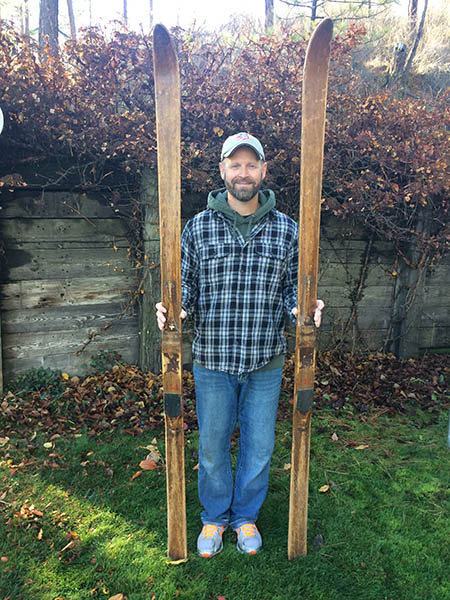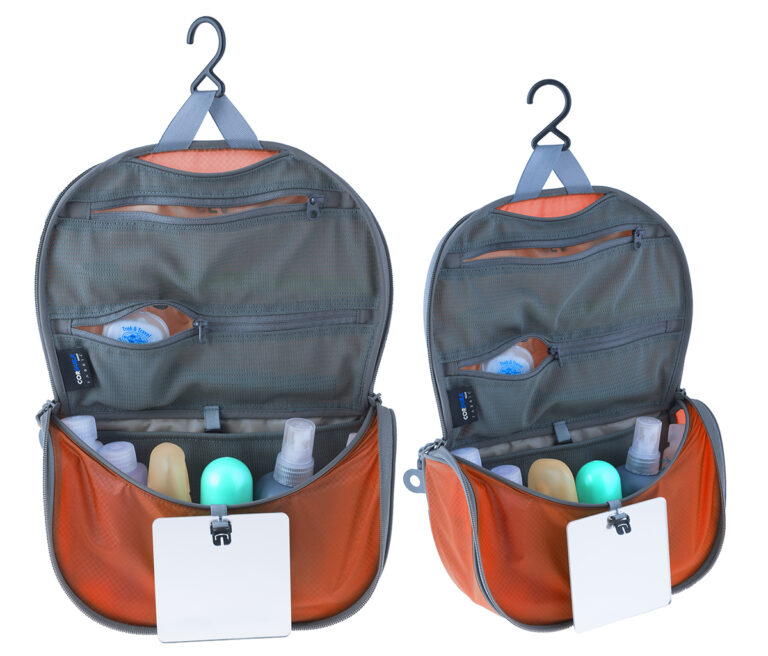It had been a long week, and I was looking forward to sleeping in on Saturday, sipping coffee in my pajamas, and binge-watching some shows on Netflix. Instead, I was summoned to help family load up furniture from an estate sale.
My back hurt just thinking about loading up the furniture. But on Saturday morning, I grabbed my truck and headed a couple of miles down the road. I located the owner and we loaded everything without any trouble. I noticed that there was a shop out behind the main house and wandered out to see if I could find some useful lawn equipment or anything else that might come in handy. Pickings were pretty slim, since most of the good stuff was likely snatched up the previous day.
As I turned to leave, I noticed what looked like a pair of very tall wooden skis shoved in a dark corner of the shop, covered with dust and partially hidden by other junk. Once freed from their hiding place, I figured they were about 7 feet tall with screwed-on edges. Not being as informed as I should be on the history of skis, I guessed they might be from the 1950s, but I really had no idea. Regardless of their age, I thought they were a cool piece of skiing history and would make a nice addition to some of the other decorations in our house.
One of the guys working the sale approached me and asked if I wanted them. “Forty bucks,” he said. “I’ll give you $25,” I countered. “Deal.”

Once home, and with the furniture unloaded, I took a closer look at my find. The skis measured out to 6 and a half feet long and 3 inches wide. No manufacturer markings were visible, and it appeared they had been remounted at some point in their history. Each section of screwed-in metal edge was 9 inches long. A rubber pad was affixed where the heel of a boot would be. I conducted a detailed photo survey of both skis, noted the measurements, and decided to seek out an expert opinion.
I reached out to Dana Mathios, curator and director of collections at the Colorado Ski and Snowboard Museum, who provided an exceptionally thorough historical overview and assessment of the skis. She explained that the segmented steel edge was invented in 1926 in Austria and gave skis much better grip on hard snow while still allowing the wood to flex naturally. The first ski with a continuous, low-drag, integral steel edge was introduced in 1948 by Chris Hoerle. Hoerle made about 200 pairs, but the ski was never brought to market. This type of edge was quickly adopted by Howard Head and Head skis, and later evolved into the Head Standard ski. Its plywood core was glued under pressure and heated between top and bottom aluminum sheets with plastic sidewalls. The bottom sheet had a continuous full-length steel edge. The Head Standard was the most commercially successful early metal ski.
According to Mathios, steel edges are a great way to estimate an age range for skis. Since the skis I found have a segmented steel edge and a binding pad, Mathios dated them from the 1930s to the late 1940s, leaning more towards the 1930’s due to the binding pad. The use of binding pads started in the 1890’s and continued until the after the Second World War. But without any maker’s marks, it’s hard to say. Mathios did advise that this could mean that the skis were custom made, which typically indicates an older date.
Not a bad find for $25 and a sore back. //
Brad Northrup holds an MA and a BA in History and has an affinity for unique items from the past. He has been a contributing writer for Out There Outdoors since 2011.













